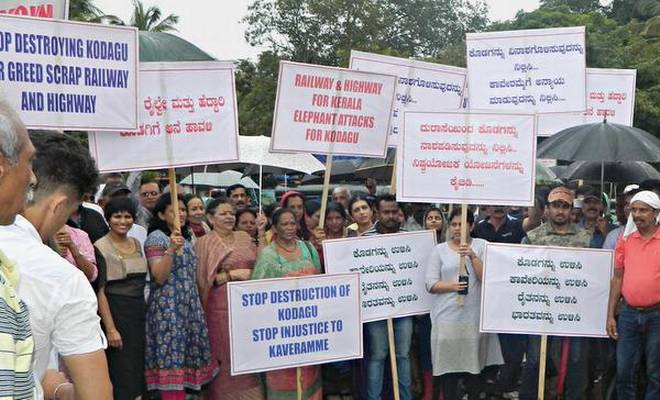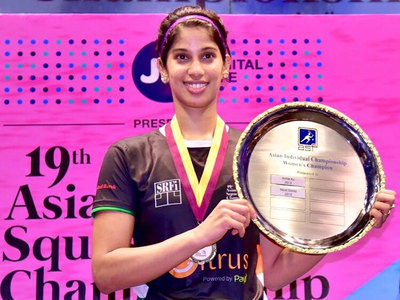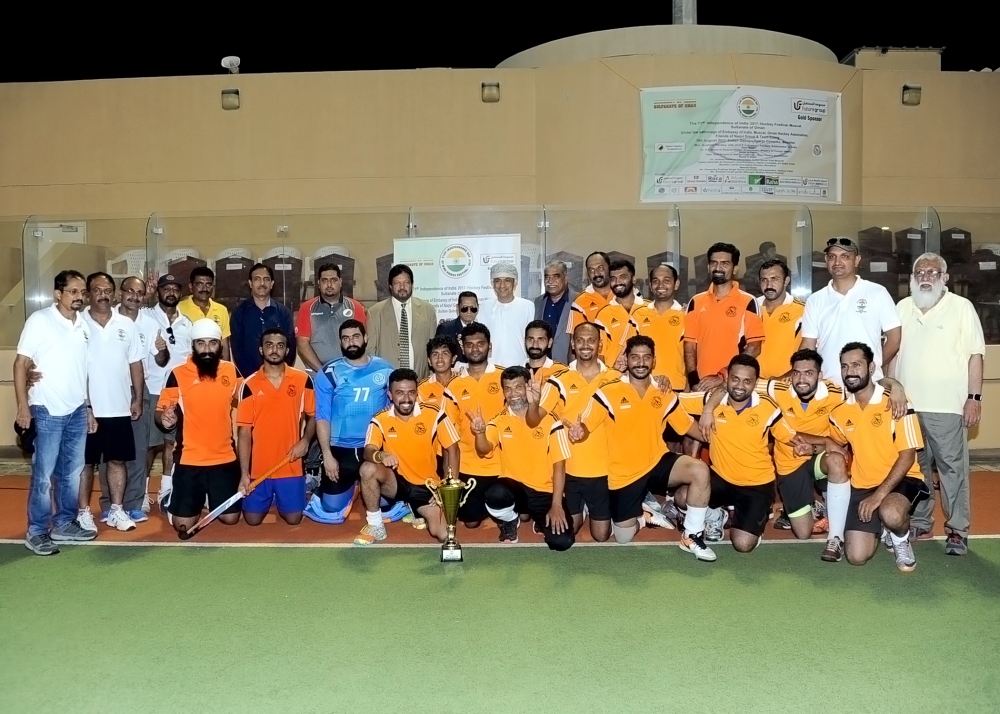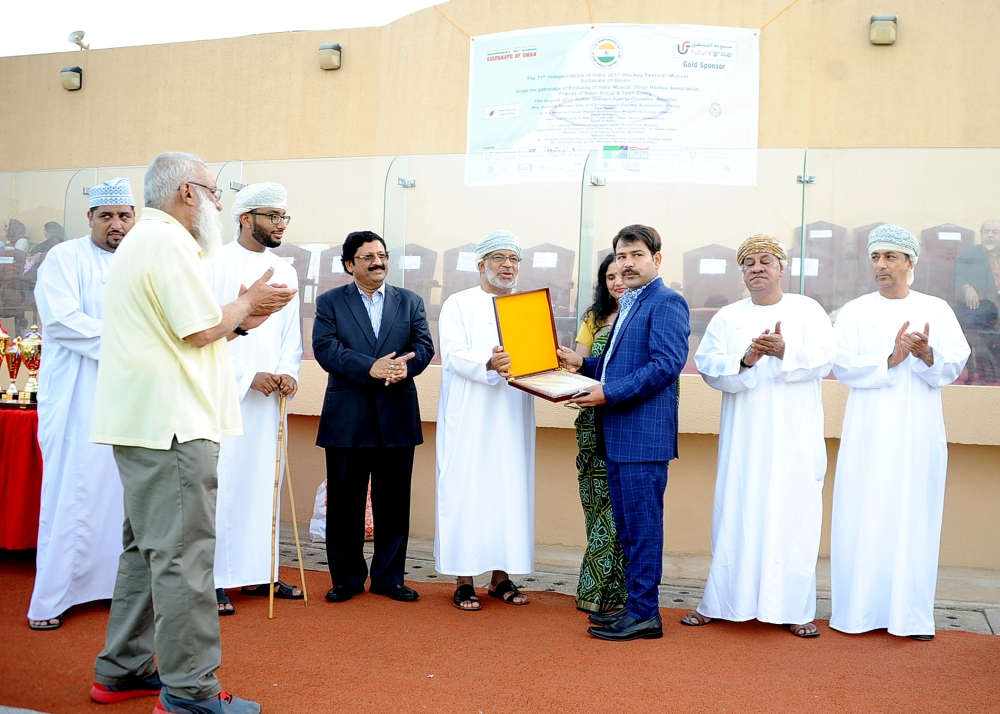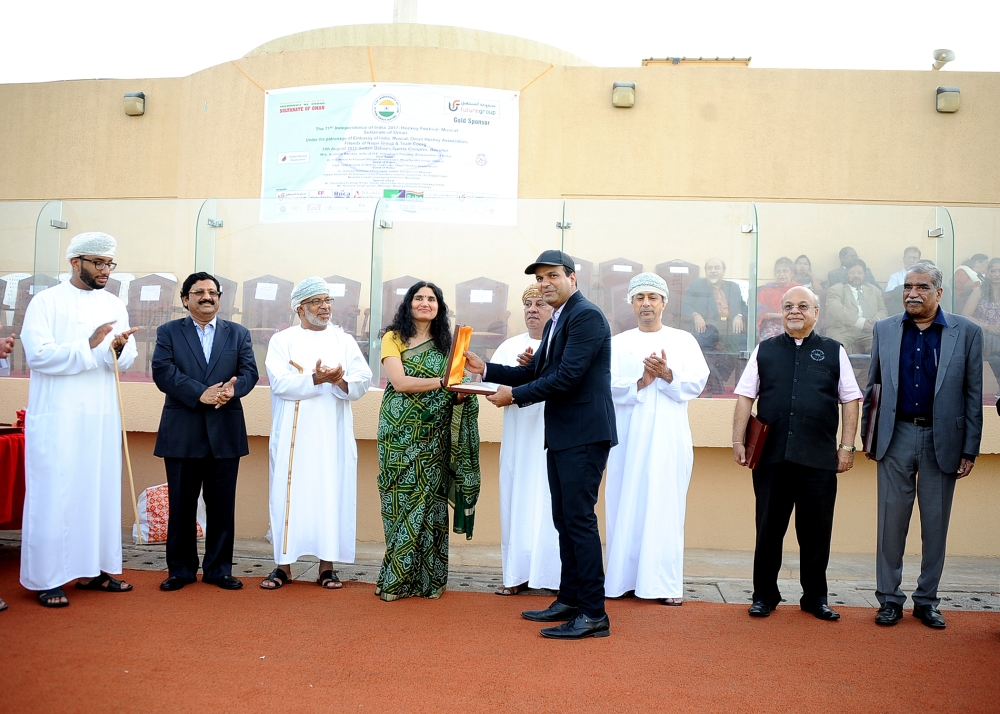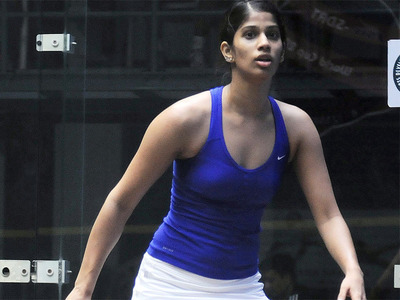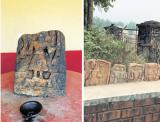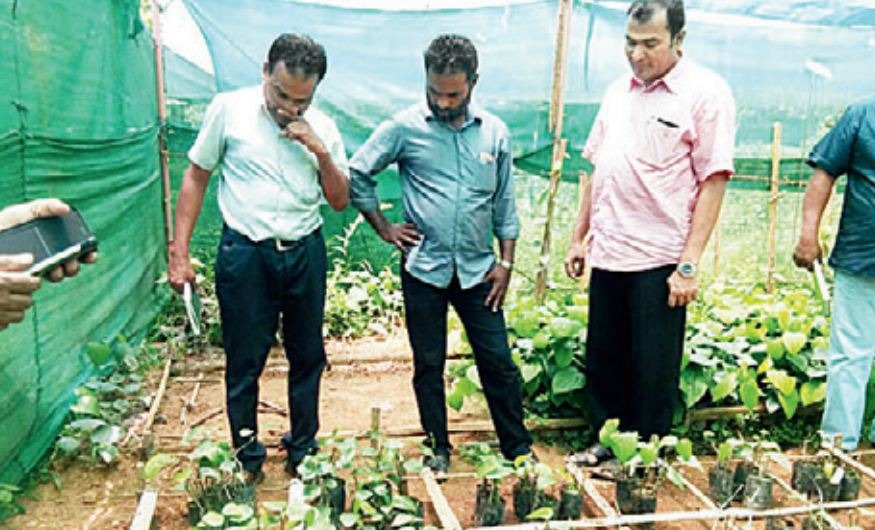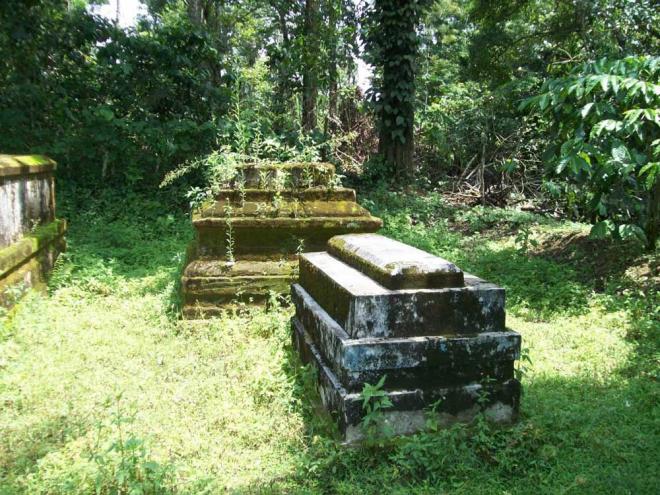Robin Uthappa is switching to Saurashtra from Karnataka in the coming domestic season.
Having played all his cricket from Karnataka, discarded India limited-overs batsman and Kolkata Knight Riders star, Robin Uthappa is all set to play for Saurashtra in the coming domestic season. He feels he is stagnating in Karnataka and wanted a shift in his career. He is ready for all the challenges that the move brings and is also dreaming of playing Test cricket for India.
In this exclusive chat with DNA, the 2007 ICC World T20 victorious Indian team member tells G Krishnan that he wants to win Test matches for India overseas:
How did the Saurashtra deal come about?
I wanted a different challenge in my career. As far as Karnataka was concerned, we did well, I contributed to a couple of trebles, which is special. I felt the time is right for me to challenge myself in a different way because I want to constantly keep growing as a cricketer and as a human being. I thought taking myself out of the comfort zone is the way to do that. I love to challenge myself in different ways but given my limitations of not being allowed to go abroad and playing cricket in different leagues in the world, I had to find different ways to challenge myself and grow as a person, as a batsman and as a cricketer.
But why Saurashtra? There were reports of you playing for Kerala…
Yes, there were reports of me going to Kerala. I was in discussions with them. I had told them I would get back to them at a certain point, but got back to them four days after the date that I told them. In that window, they had signed somebody else. So, I had to seek another side and I had a few options, put my name out there. Saurashtra came back to me and I very happily took that. I am happy to be a part of that team. It presents different challenges to me, different opportunities for me to grow as a person, just embracing that culture, getting to know them, it is going to be very different from the culture in Karnataka. They are a pretty good side. They are a side that has gone to the tournament knock-outs quite often. I believe I have the right kind of value to take them all the way.
What are those challenges?
By challenges, I mean being out of my comfort zone. Back in Karnataka, everything has been the same for me for the last 15 years. I will be uprooting myself from one culture and immersing myself in another culture where I have to be a thorough professional. There is nothing that I can take for granted, just getting along with them, not understanding the language they speak. Those are the kinds of challenges I would face. Just to understand the boys, their nature, to bring them together, I have been able to do that successfully in Karnataka. To be able to do that with a new bunch of boys is a whole different ballgame altogether. That is something I am really looking forward to.
As a cricketer, to step outside my comfort zone and put myself in a completely different territory, find my little space within that team and take that team forward. I believe that adding value to whichever team I play is very critical for me. I play to win, I don’t play to just compete. If I am able to contribute to their victories, I will be extremely happy. These are the challenges I am looking at.
Looking beyond Saurashtra, where do you see yourself as far as international career is concerned?
Of course, I give myself a better chance (of India comeback) because I am actually putting myself out of my comfort zone. If am able to win championships there, that will be nice. When you win championships is when people grow and when you go to the next level. We did that in Karnataka and today, there are six-seven players in the reckoning all the time. If I can create that same kind of atmosphere where I can take Saurashtra forward, we can have four or five boys in the reckoning. There are two who are already in the Test side. But there can be a few more. If I can contribute to the team in a massive way and win championships, I give myself an even better chance.
Could things have gone better with your international career?
Certainly, things could have been different. I don’t regret the way things have gone for me. Essentially as a human being, I have grown a lot, thanks to the sport, thanks to the kind of exposure I have had, learning to deal with the ups and downs of sport. One thing I am extremely proud of is that irrespective of the runs, or the lack of them, I got when I was playing international cricket, it never affected the way I am and the kind of person I am within the team. I always placed the team ahead of me. That is something that is always critical for me. In spite of everything I have been through, I have been at the receiving end. That has not changed about me.
What brings me joy about playing this game is the fact that it is a team game and 15-20 people get together to achieve one goal. I am a part of that team and to help the team move forward and achieve the goals it has set. For me, essentially, this journey in the past 11 years of being in and out of the side, has been a mixed bag from all perspective. But, if I look at the larger perspective of life, it has taught me a lot of things, taught me a lot of value that I have got, as a cricketer it has taught me how much to fight.
I have not given up. I am still fighting, I am still hungry. I still believe I will play for the country again, I still believe I will play Test cricket. I am still working to improve. As long as I am playing cricket, I will keep going. I won’t stop. I won’t stop even after I play Test cricket. The dream is to make India win Test matches abroad, win Test series abroad. I believe I have the game and the technique to do that. I just feel I need to get the right opportunities at the right time. I need to just keep pegging away. I don’t think I need to knock on the door. I need to break it down with the runs.
Where do you think you can fit in the current Indian team, which is packed already? What should you be doing more to get there?
The team is doing fantastically well and I am extremely proud of that. The kind of culture Virat (Kohli) has created has been fantastic. As far as I am concerned, I need to keep scoring big runs and winning matches for my team, keep putting myself out there like I do every time the IPL turns around or like I have done in the last five years in the domestic seasons, just keep performing and hopefully, something will open up for me. I don’t know when and how. What I can control is the fact that I can score runs and win tournaments. I think the more I do that, the more I give myself a chance to represent my country again.
You can also take confidence from the fact that Parthiv Patel made a Test comeback after eight years and Dinesh Karthik returned to ODI side after two years…
Not just them. There have been a lot of domestic cricketers and senior cricketers getting their due. Even Gauti (Gautam Gambhir) made a comeback last year. He was given his due after he scored in domestic season. I believe in that. Today, when you look at cricket the world over, age is just a number. It is about how fit you are, how much you can sustain the workload. I think cricket is a sport that can be played for a long time if you look after yourself well. Sachin paaji (Tendulkar) is a huge example of that. Anil Kumble is a massive example of that. For me, it is just about putting in the work, taking one step at a time and making my performance speak for itself.
Normally, we associate players moving out of their home state to be towards the end of their careers. You are only 31. How do you look at this?
When I hired a personal batting coach (Pravin Amre), people were laughing at me. We were mocked at. Today, you see that is the norm. I have been one of those guys who has been really honest with himself, I have not really gone by the norms of the world. I have made my own road. That is what I am doing right now. I want to experience and grow more as a cricketer and that can only happen when I have challenges ahead of me. That’s why I get pumped up and excited about playing in IPL because for me that is when I am exposed to international cricket. I thrive on that. I love the challenges, love what I am able to do there, and winning matches for my team. I don’t get that for the rest of the year. I have to try to find different ways to create that challenge.
Unfortunately, we are in a stage right now where we are not allowed to go outside and play cricket. We are not given the opportunity to go out and expose ourselves to different culture, different conditions like the rest of the world do when they come here for the IPL. They come into the IPL, they get exposed to the conditions. To give an example, Chris Lynn came here initially, with all due respect, struggling against spin. Today, he has figured out a way to get successful in India. Unless we cricketers are exposed to different conditions, we are not going to grow. For me, life, cricket is about growth, about moving forward, adding value. If I am going to get stuck in one place, I am not growing, I am stagnated. I want to keep growing, keep trying to find different ways of growing as a cricketer. Winning the treble for Karnataka once was joyful. But winning again was a challenge and we did it again. Similarly, I find myself in a place where I want to challenge myself again. I am uprooting myself and putting myself in a new culture, definitely Indian culture but different from how it is in Karnataka, how it is in South India. For me to get in there, figure out my way there, that is the extent of pushing myself out of the comfort zone. It is the only option I have got right now. I am not looking at this as finishing my career. I am just trying to challenge myself and grow and still pursue my dream and get better. If you are not growing, you are wasting yourself away.
Will we see something new when you play for Saurashtra?
I think anyone who has noticed me closely in IPL would have seen a shift in my game. I shifted to being more free-flowing than a circumspect that I used to be. The way I hit most sixes in the last three or four years, there is a lot of confidence gained to fast bowling and spin bowling. I think that is what you will continue to see from my side. What I want to win tournaments with Saurashtra and truly believe that Saurashtra will be one of the dark horses in the coming domestic season. It is a funny thing what belief can do to a team and I believe have the ability to bring that out it in the cricketers. That is also a challenge for me. I was able to do it in Karnataka. I want to do it with a different bunch of boys that I don’t know at all. I am looking forward to it.
Do you feel sad or happy to be leaving your home state and going to a new place?
I leave Karnataka with no hard feelings but with a lot of love. I would like to thank Brijesh Patel (former KSCA secretary and India batsman) for all the help he has done for me. He has been a massive influence in my life, he has been a mentor, guide and a huge support in my life. He has disciplined me, he has guided me. I have been his pupil ever since I started playing cricket. I am extremely grateful for what he and Karnataka State Cricket Association have done for me. Karnataka will always be my home. They challenged me, pushed me, they motivated me, they cheered me, they made my dreams come true and I am extremely grateful for them and to all the team-mates who accepted me for who I am, for allowing me to be the person that I am and allowing me to express myself as a human being.
source: http://www.dnaindia.com / DNA (Daily News & Analysis) / Home> News> Sports News> Cricket News / by G. Krishnan / August 29th, 2017
